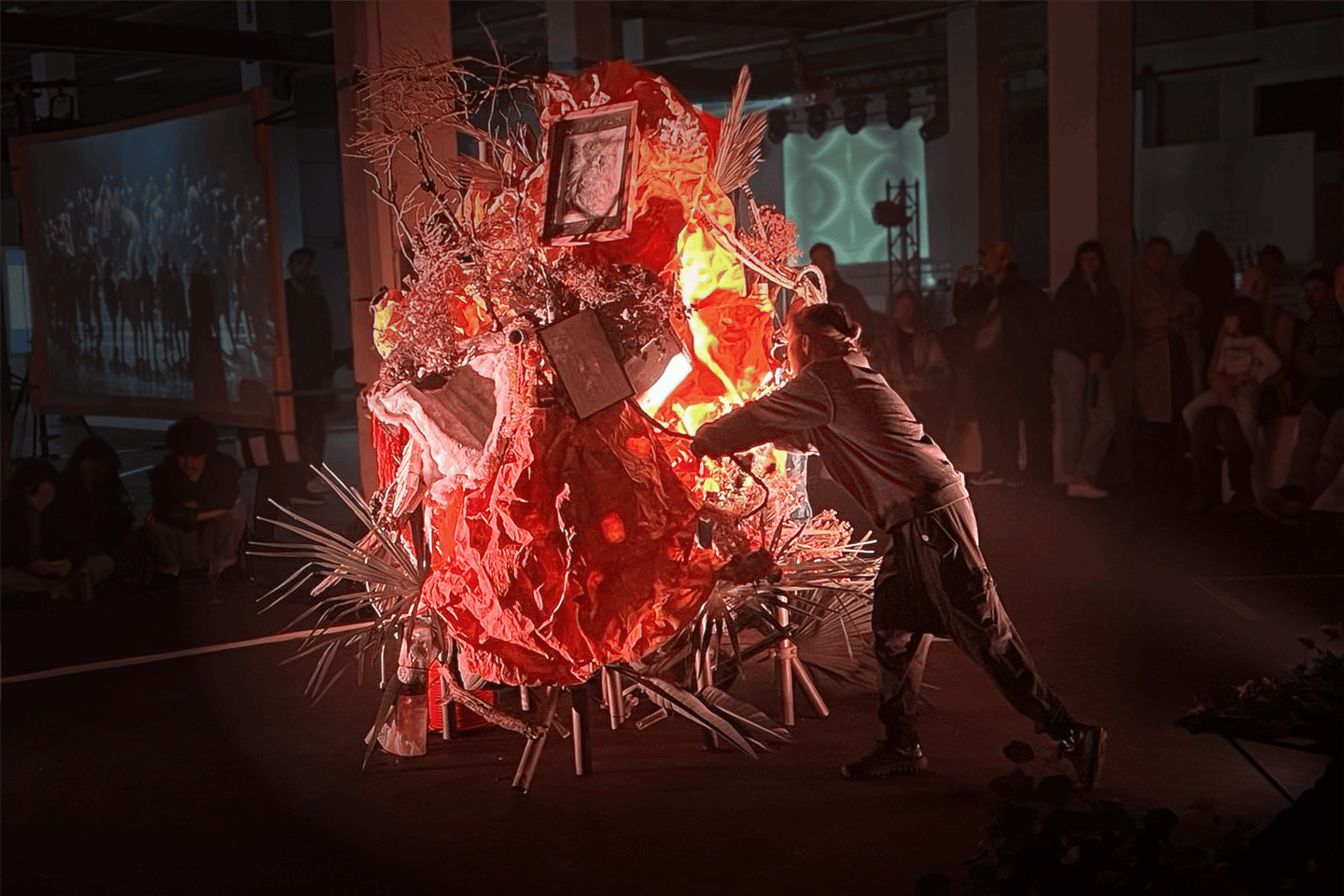A BLOSSOM OF HERITAGE, NOVELTY, AND CULTURE
Ikebana, the traditional Japanese art of floral arrangement, is more than an aesthetics — it is a dialogue of human-nature equilibrium. Born over six centuries ago as a Buddhist offering, it began as prayers in petals, placed on temple altars to acknowledge that beauty, as life, is ephemeral. From these sacred roots, Ikebana has blossomed into a living art form, nomadising between stillness and movement, tradition and novelty, order and fluidity.
Moderation is the essence of Ikebana. It doesn't seek abundance; instead, it finds poetry in absence and composes a dialogue between flowers, leaves, stems, and space. A single curved stem, a tilted leaf, the subtle weave between branches: in which emptiness fills with serenity. While Western floral arrangement celebrates fullness, Ikebana seeks balance, drawing the gaze to the spaces in between, to where the void and the air become part of the composition, making space as expressive as the blooms.
Ikebana, however, is far from static. In 1927, Sofu Teshigahara founded the Sogetsu School of Ikebana, a bold move where tradition met modern artistry. Sogetsu broke from convention, introducing abstract expression and experimental techniques. While still rooted in the principles of balance and proportion, it welcomed unconventional materials like metal, glass, and plastic, transforming nature's rhythm into contemporary expression of form. Sogetsu Ikebana synthesised an ephemeral blend of dynamic shapes, daring lines, and unpredictable compositions. A fusion of nature's cadence and human expression, it continues to inspire across cultural landscapes, always evolving between what was and what is yet to be.
Like the other schools of Ikebana, Sogetsu honours nature's rhythms, yet it also embraces freedom of expression and imagination. In its stark lines and fearless compositions, it isn't about rigid perfection but about presence. Though its origins were once confined to temples and rituals, Sogetsu Ikebana belongs anywhere, at any time, to anyone with the will to create.
Ikebana tells a story in petals and shadows — a meditation on impermanence. Its aesthetics is not in what endures, but in what resides, however briefly. And perhaps its most profound expression isn't in what is there, but in what is left unsaid — lingering in the intervals between, inviting us to step closer, to look, to wonder.
© 2025 Hedy Leung. All rights reserved.


